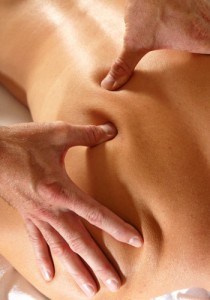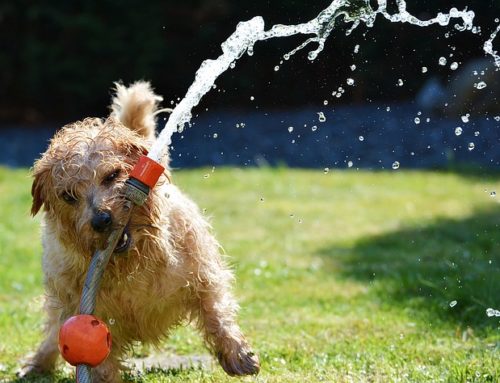So, as most of you are now aware I have started trialling one new exercise class each week. This week’s class was BodyPump, and two days later I am really starting to feel the effects. This delayed objection to my new exercise regime is otherwise known as ‘delayed onset muscle soreness (DOMS). So what exactly is DOMS and what causes it?
As you may have guessed from the name, delayed onset muscle soreness occurs one to two days after strenuous or new exercise, but more specifically exercise that involved eccentric muscle contractions (movements that cause the muscles to forcefully contract while they lengthen). The response is completely normal and is the body’s adaptation mechanism to aid recovery and avoid injury to muscles during and after exercise. I guess you could say that it’s a warning to rest for a while before jumping back into a strenuous exercise regime.
It is important to note that this is simply soreness, and post exercise soreness at that. It is not pain, and definitely not sharp in nature. Pain during or after exercise would most likely indicate a muscle injury. As much as I would like to milk the fact that I’m suffering from the effects of a new exercise regime, I can honestly say that this is not pain!
The cause is not due to rupture of the muscle as a whole, but is thought to be due to ultrastructural disruptions of the myofilaments, especially at the Z-disc, leading to an increase in the mechanical sensitivity of the muscle’s nociceptors (pain receptors). It is this sensitivity that we can relate to when stretching or touching the muscles involved.
The main treatment is of course prevention. If you work through your exercise program steadily, and at a pace you are used to then you should in theory avoid delayed onset muscle soreness. Concentrating on concentric and isometric exercise, those that involve static and shortening muscle contractions, will also help reduce the soreness felt a couple of days later. If however you are unfortunate enough to have already gone past the point of no return, then there are a couple of things you can do to help ease the muscles. These include active recovery (slow and light aerobic exercise), light sports massage, ice or contrast baths, anti-inflammatory gels and most importantly rest. Listen to the warning signs and respect what your body is asking you to do, simply rest.
Delayed onset muscle soreness is only temporary and does ease over the next 3-7 days. Should you be in any pain, or the discomfort does persist then contact Espina Sports Clinic on 07790 419502 or visit us at espina.co.uk to find out more.









